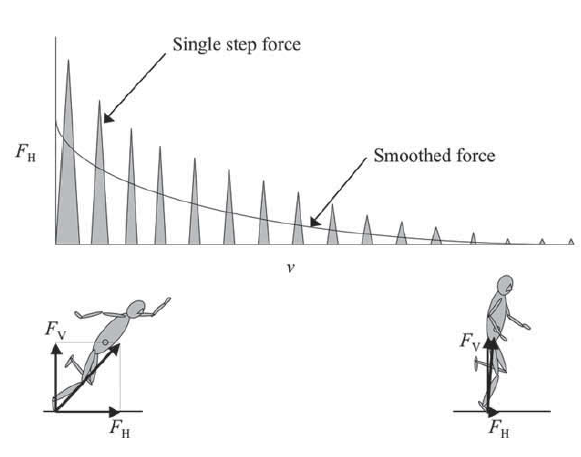
Assess Acceleration in Power & Strength-Based Sports Webinar
Different sports require dominant biomotor abilities to succeed in a specific sporting skill. Each sporting activity is characterized by a distinct blend of strength, speed, and endurance, one being the dominant ability.
Power and strength-based sports can be classified as activities where a high level of force is applied quickly to succeed in the competition.
It is important to note that a single biomotor ability does not exclusively dominate a sport. Any sporting activity and movement skill results from either strength, speed, or endurance. However, the contribution percentage to the sport-specific action determines whether a given sport is endurance-based or strength- and power-based.
Examples of sports where a blend of strength and speed is required to produce fast and powerful movements are:
- Team sports (American football, baseball, basketball, ice hockey, and soccer).
- Short events in track and field (sprinting and throwing).
- Individual sports (gymnastics and weightlifting).
The acceleration component is a critical factor in those strength and power-based sports where the primary mechanical output is high-intensity running.
What is Acceleration?
Acceleration can be defined into two distinct categories:
- Acceleration as a quantity of physics; or
- Acceleration as a quality of the biomotor ability speed.
In terms of physics, to properly define acceleration, it is necessary to put it into context with two other vital quantities: speed and velocity.
Speed is a scalar quantity, meaning it only has a size and unit of measurement (ft/s, m/s, km/hr, miles/hr): it is defined as the rate of change of distance.
In its simplest terms, when using the term speed, we refer to how fast a human body moves without regard to direction.
Velocity is a vector quantity, meaning that in addition to size and unit of measurement, it also has a direction: it is defined as the rate of change of displacement. When we use biomechanical terms correctly, we refer to velocity when describing how fast the human body moves in a particular direction.
Acceleration is a vector quantity, defined as the rate of velocity change, i.e., how quickly velocity changes: it is an unbalanced force acting in a particular direction.
As a biomotor ability, acceleration is one of the qualities of speed, the others being maximum speed and speed endurance.
In this context, maximum velocity is an athlete's peak velocity during running. In contrast, speed endurance represents the ability to maintain maximum velocity in the presence of fatigue accumulation. Acceleration refers to the first part of sprinting, which is the ability to increase the maximum velocity in the shortest amount of time.
Acceleration in Power & Strength-Based Sports
During the acceleration phase in sprinting, it is the horizontal vector that represents the most critical direction.
Figure 1. Acceleration in sprinting occurs in steps rather than following a smooth curve (Chapman, 2008).
The horizontal force components in the anteroposterior direction are very high at the beginning of a race. This is why starting blocks are employed, to avoid any friction with the ground and to allow the athlete to apply force normal to the surface of the block.
Conversely, athletes in team sports such as soccer mainly start a sprint while moving at slower speeds or during a moment of break, so the need for force application is entirely different for track and field athletes.
All these biomechanical aspects are reflected in the dynamics of the foot strike. Plantar pressure mapping can assist in properly evaluating acceleration abilities in different types of athletes.
To learn more about using plantar pressure mapping, like XSENSOR's Intelligent Insoles, to assist in the assessment of acceleration mechanics in strength and power-based athletes, watch the second webinar in our 'Running Mechanics' series 'Plantar Pressure Mapping in Power & Strength-Based Sports: How to Assess Acceleration with XSENSOR's Intelligent Insoles'.
References
- Duane Knudson, Fundamentals of Biomechanics, 2007. Springer, 2nd ed.
- Arthur E. Chapman, Biomechanical Analysis of Fundamental Human Movements, 2008. Human Kinetics.


